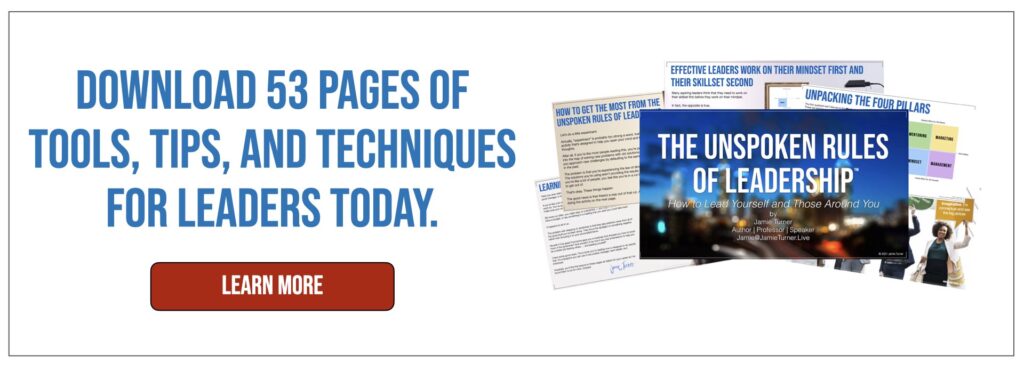Reset Your Compass
The decision you make before the meeting ultimately determines what happens in the meeting. Therefore, resist the gravitational pull to self and reset your compass.
In selling, there is always a strong gravitational current that, when left unchecked, will sabotage your ability to create receptivity. To avoid this instinct, you must make an important decision before you attempt to influence. Think about how you prepare for an important meeting. Maybe the outcome will result in a huge commission or determine whether you keep your job. Maybe it’s meeting someone you love, and the outcome is critical to their well-being. Maybe you’re a leader and need to talk with someone on your team about their performance. How do you prepare? What are the most critical questions you need to answer?
Why should they pay more for our solution?
Why is my firm the best company to solve their problem? How do I prove my recommendation is in their best interest?
These are important questions that need answers, but they are secondary to the most important one, which is: Who is first? Obviously, you can’t serve everyone. If you try to serve the wrong people, you will go out of business. But if it’s worth the investment of time, there’s one decision you need to make. Will you reset your compass and focus on who really matters?

SELLING IS SERVING
Early in 2020 as I was beginning to feel the financial pressures of the COVID-19 pandemic, I had a meeting with a Fortune 500 company that was interested in training a large, international sales force. The outcome could determine the financial well-being of our company. Would we have to lay off employees? Would I need to liquidate savings to support my family? Could something else go wrong that I hadn’t foreseen? At the time, our current clients had put a hold on all scheduled work, and the marketing “faucet” had shut off on all incoming leads. We needed this sale.
We had gotten through the initial screening process, and now it was time to meet with the decision-making team. Since this was a global project, I set a meeting with the European partner and our senior consultant responsible for the relationship. We studied and debated our strategy. We discussed the competition and hidden decision drivers. We determined what responses should have the most weight and how to choreograph the meeting. What we didn’t discuss was our intent. Was our goal to win or to serve?
Because the formal process was designed by the client and controlled by an outside consultant, we had very little information about the company. In retrospect, we were fuzzy about what they really needed and therefore unsure how or if we could help them reach their objectives. Most of the decisions we made about positioning our solution were based on guesses. But with pressure mounting, I threw all my energy and resources into figuring out how we could deliver a compelling argument for choosing our company.
Worried about delivering the perfect response, I was a little too rigid, missing some important clues about what was important to the customer. Most importantly, I didn’t drop the rope. It was subtle but undeniable—even after studying this stuff for thirty years, every now and then I make the same fundamental mistake when the pressure is high. They decided to delay the project.
My underlying motive to win the deal drove the meeting and my response. When asked direct questions about why they should partner with us, I focused on our competitive advantage. I passionately communicated our experience and why I believe we offer the best training solution. In reality, I didn’t know enough to answer the question: Should they partner with us? In retrospect, what I should have said was, “I don’t know. I know very little about your company, what you need, and the resources you have in place. All I can tell you at this stage is why companies have hired us in the past, the solutions we offer, what we’ve learned over twenty-five years helping companies transform their sales organization, and the results we’ve produced for similar companies. For me to determine if we offer the best solution, our process is . . .”
I’m not saying I shouldn’t have been passionate about the solution or about winning. I should be. You should be too. But those objectives must be secondary to our first priority, which is to serve. Not to sell, but to serve: because you are most successful when your focus is to help the customer solve their problem.
My assessment was confirmed by our internal team: “Tom, we offer a program called Other-Centered Selling, but you weren’t other-centered,” they told me. Ouch. It stung, because it was true. It hadn’t happened in years, but I allowed the pandemic and pressure to blind me to the most important aspect of influence: without stopping to determine my motive, I will always default to self. This doesn’t make me a bad person; it just makes me less effective. My motive, and your motive, will eventually be telegraphed to the customer. Five out of five dentists have concluded: it’s the number one cause of commission breath. And when we aren’t aware of this default, we’ll always fail to convert the Unreceptive.
Taken from unReceptive by Tom Stanfill. Copyright © 2021 by Tom Stanfill. Used by permission of HarperCollins Leadership. www.harpercollinsleadership.com.